Natural Ways To Combat Fleas
When you're opting to go chemical-free, it's hard to find a flea treatment that actually works. Try these natural flea remedies to rid your home and pets of these parasitic pests!
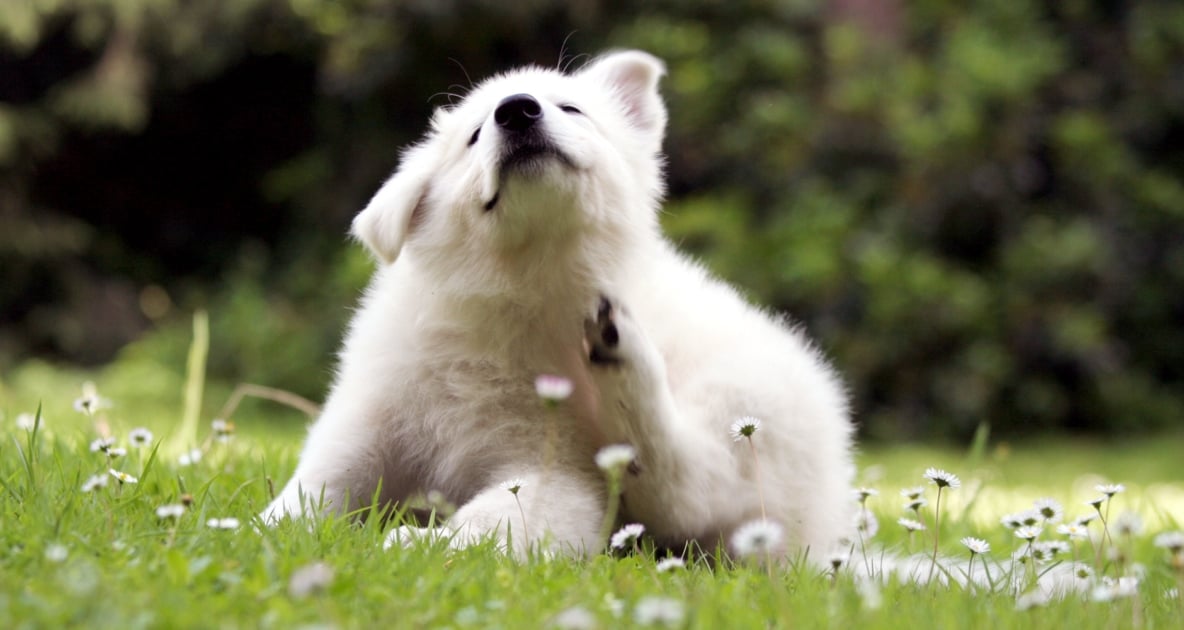
Every year, pet owners struggle to keep the fleas away from their four-legged friends. If you prefer all-natural solutions to store-bought chemicals, then flea season can be even more challenging. With so many treatments that aren’t pet-safe, it’s hard to find a pet-friendly solution that actually works. If you want to beat the fleas this summer, we’ll show you some natural flea remedies along with a few ways to avoid an infestation!
Natural Flea Remedies
Fleas are wingless parasites that have great jumping ability, enabling them to easily locate and ambush your pets. They feed on blood, and female fleas consume roughly 15 times their body weight each day. They excrete the blood, which dries to form what is commonly referred to as “flea dirt.” This serves as food for flea larvae. Because they are so small, they are difficult to detect, therefore, treat. You might feel outnumbered and fear it’s a losing battle, but there are effective ways to combat them.
Unfun Fact: One adult female flea will lay a total of 2,000 eggs over her lifetime!
Preventing Fleas In The First Place
The best flea prevention targets places where fleas live. As long as fleas are living in your yard, your pets will constantly be plagued by them. While your pet may pick up a few stray fleas out in the dry, sunny areas of your lawn, their breeding grounds are in damp, shady spots like flower beds or underneath your porch or the doghouse.
Combatting Fleas Outdoors
- Keep your lawn well mowed so that there are fewer places for fleas to hide.
- Weed often. The same goes for flower beds and shaded areas – fewer weeds means fewer fleas.
- If you’ve had flea infestations before, the best solution may be to apply food-grade diatomaceous earth to the fleas’ favorite haunts. Diatomaceous earth is a natural powder made up of finely crushed diatoms (a shell-like matter), which works by dehydrating the fleas. Sprinkle in sandy patches and shaded areas. Caution: the fine powder can be bothersome to some with respiratory sensitivities—you have to be careful not to breathe it in.
- Try pyrethrin dust. Pyrethrin is a natural insecticide that comes from flowers. Scatter it in flea-prone spots to kill existing fleas and prevent future infestations. You can also grow your own pyrethrum. Plant these flowers around your home to repel fleas or harvest the flowers, dry them and crush them to make your own pyrethrin dust. You can find pyrethrum at your garden center under the name “painted daises” or Chrysanthemum cinerariaefolium.
IMPORTANT NOTE: Pyrethrin is toxic to cats, so whether you buy it or make your own, never apply it to your cat or his bedding. If you have an indoor-outdoor cat that frequents your garden beds or other flea hotspots, you may want to keep the cat indoors for a few days after treatment or avoid using pyrethrin altogether. Read more here.
Combatting Fleas Indoors
- The best defense is cleanliness. Wash your pet’s bedding and vacuum your home each week to pick up eggs and larvae that have found their way indoors. If possible, scatter a handful of fresh cedar chips in your pet’s bedding to help repel fleas.
- You can also make your pet a DIY flea collar with essential oils. However, you should always do your homework before choosing an oil for your pet. Cedar oil and lavender oil are two pet-friendly options. To use them, add 5 drops of oil to a tablespoon of water, and then dab the solution on a collar or bandana that your pet can wear. ONLY for external use.

What If You Have A Flea Infestation?
If you have a flea infestation, the key to success is persistence. Fleas lay eggs at an amazing rate – one adult female will lay 20 to 50 eggs each day for a total of 2,000 eggs over her lifetime. To keep up with the flea eggs, vacuum your home thoroughly every day and dispose of the vacuum bag after each session.
Here are more flea-busting tips:
- In hard-to-clean spots, like carpets or area rugs, scatter salt. Salt dries out fleas just like diatomaceous earth, but it’s less messy, and unlike diatomaceous earth, it doesn’t pose a respiratory threat when used indoors.
- Borax powder is also effective against fleas and their larvae. Sprinkle borax powder (not to be confused with boric acid!), such as 20 Mule Team, onto carpets and heavily trafficked areas, work it in with a stiff-bristled broom and close off the area for the night so pets and children cannot access. Then vacuum it up in the morning and dispose of the vacuum bag in a dumpster or away from your home.
- On your pets, a simple soap-and-water bath is the best way to get rid of fleas fast. The fleas will rush towards your pet’s face to keep from drowning, so use a flea comb to remove the fleas. Dunk the comb in soapy water to trap the fleas so that you can dispose of them. Add cedar or lavender oil to your pet’s bathwater to help prevent a new infestation.
- Outdoors, continue using diatomaceous earth or pyrethrin dust to kill fleas. You can also use neem seed extract to make a mist that you can use indoors, outdoors or on your pet. This natural compound contains azadirachtin, which can kill fleas for up to two weeks. Neem seed isn’t good for children under three, however, so if you have young kids, avoid using it on your pets or spraying it where your children play. You can find it on Amazon or other sites where natural remedies are sold.
Try some of these remedies and enjoy a summer without all the scratching!
Try these Flea-Be-Gone Dog Treats you make yourself!

Amber Kanuckel
Amber Kanuckel is a freelance writer from rural Ohio who loves all things outdoors. She specializes in home, garden, environmental, and green living topics.

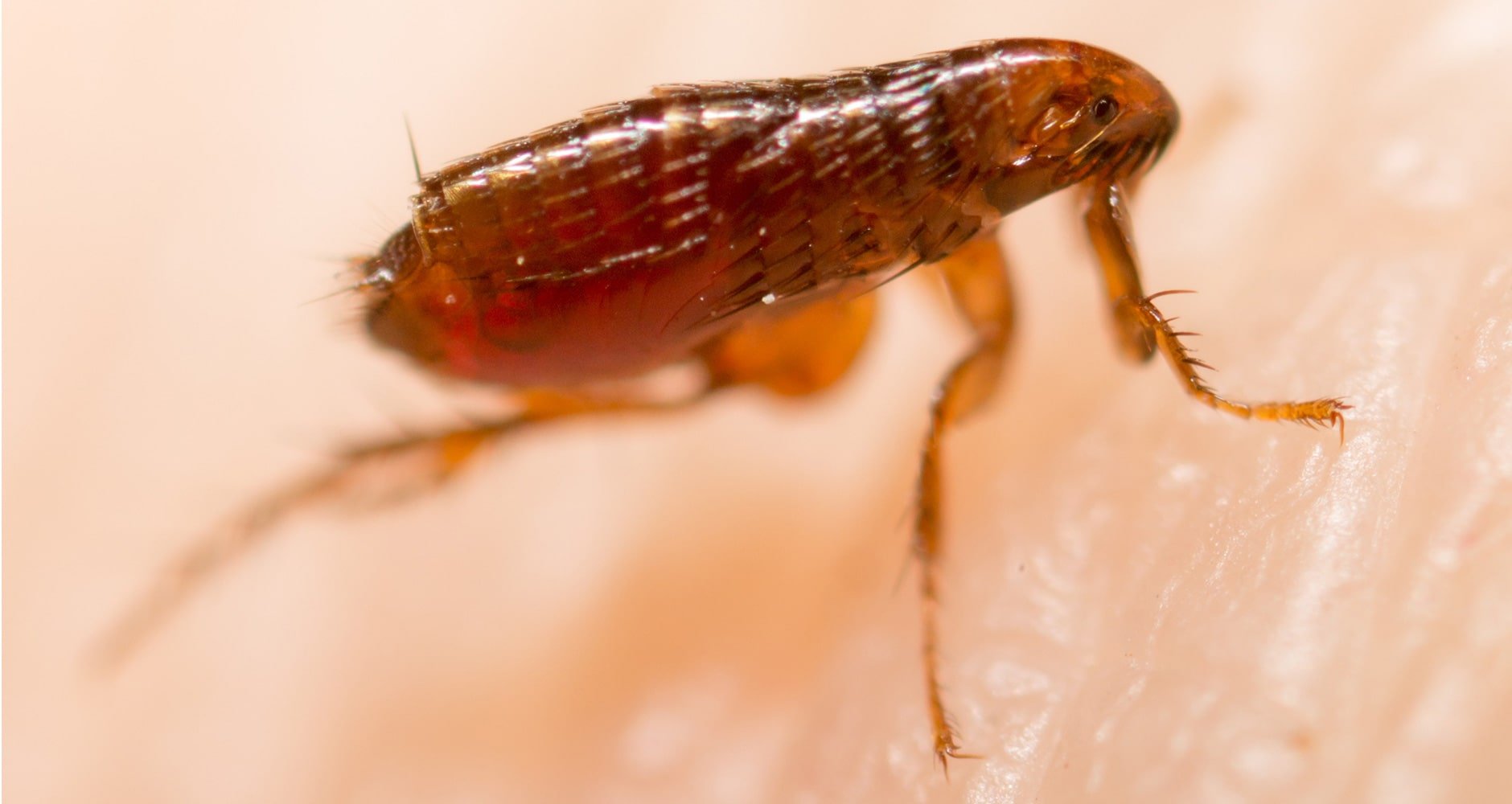

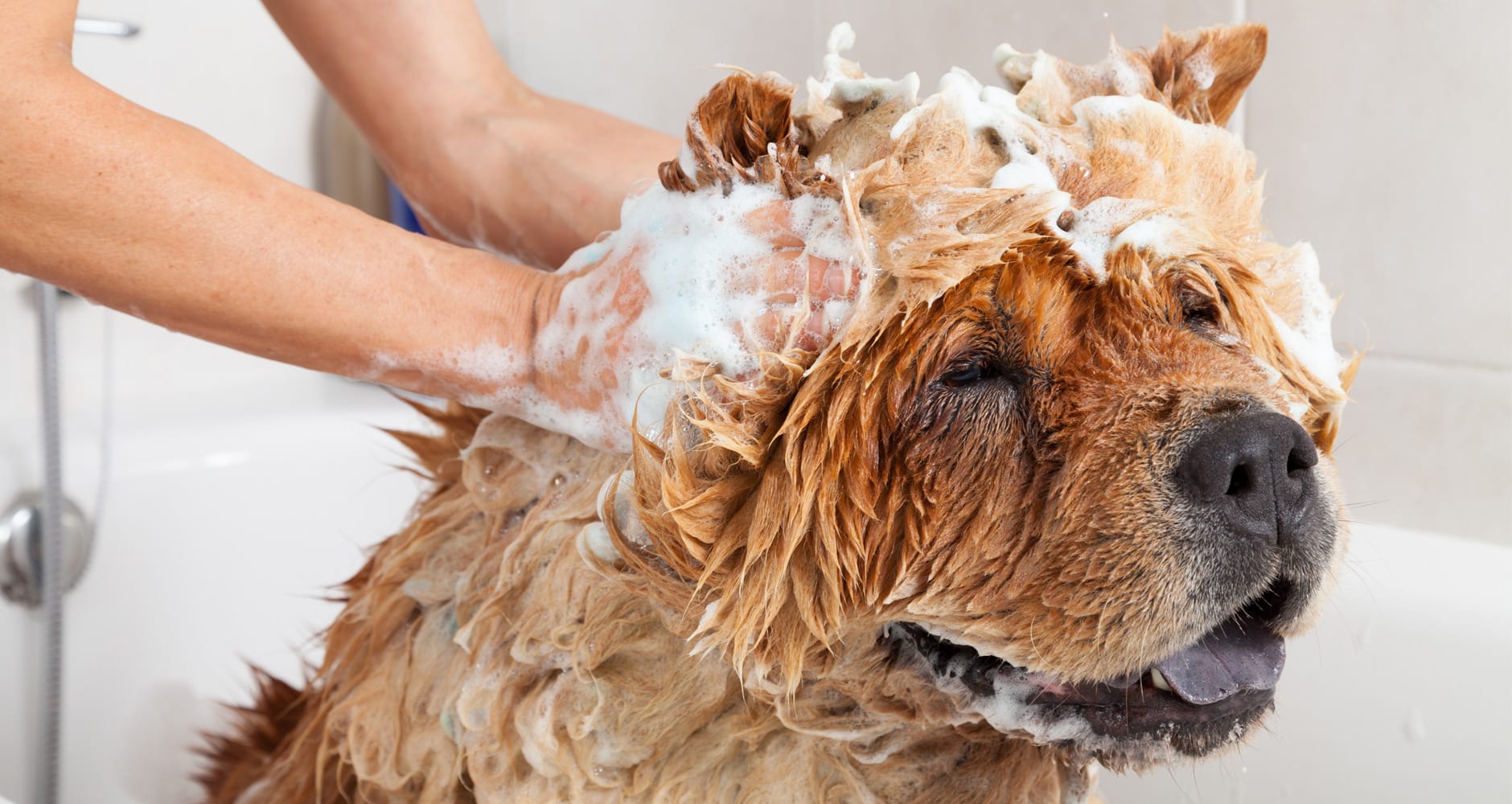

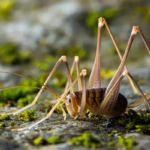
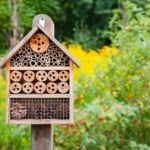
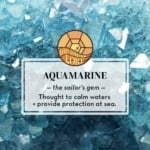

The best flea killer is walnut leaves! Gather walnut leaves and put in your pets bedding area by the time the leaves dry out the fleas will be all gone. I thought this was an old wise tale until I tried it myself on our lab that has a bad allergic reaction to flea bites. 🙂 My grandfather use to always do this for all of his animals. This really works!!!
Hi Jacqueline, thanks for sharing this, we hadn’t heard this one!
Where do you find food-grade DE? Please don’t say Amazon-too expensive. I have a cat and Frontline Gold almost killed him. I need a safe alternative. (For outside use, I am concerned about harming my beloved lizards. Any suggestions? Thanks–
Most any Garden Center will sell it. But be sure it is FOOD GRADE, as any other type is toxic to aninals.
Tractor supply
Tractor Supply
I swear for 17 years with my 5 golden retrievers used only garlic powder in their kibble. Just a sprinkle and we live in a very rural area where fleas and ticks are everywhere and they never got any. All my goldens lived to be 15-17 years old so it wasn’t bad for them and I swear by it no matter what any one says. Garlic is bad or them in one sitting if given a lot of it. I gave them chocolate, like a piece or two very small and they never got sick. It depends on the amount given. Garlic powder worked wonders for my 5 goldens and potbelly pig for 17 years.
How much garlic powder would you give? Would you feed it to them daily?
Must be Food Grade the one you use in pools is toxic. Rub on their coats sprinkle on their food. I use regularly. Also called Fossil Flour or DE.
Diatomaceous Earth is an odorless and nontoxic white powder. It is composed of finely milled fossilized shells of organisms called diatoms. The powder has an abrasive quality similar to pumice with very high porosity. The porosity allows it to absorb moisture easily. Because of the pumice-like quality of fossil shell flour, it is widely used to deter crawling insect pests.
DE or Diatomaceous Earth has many uses.
Use to control crawling indoor & outdoor pests such as crickets, silverfish, bedbugs, carpet beetles and cockroaches.
The EPA has approved it as an anti-caking agent in animal feed.
DE is approved by the FDA for internal and external use as a Food Grade Chemical
1 cup dawn liquid – 2 cups white vinegar – 1 gallon water . Mix well soap your pet let sit five mins the rinse well and be amazed at the dead fleas in the bottom of your tub
Down soap is bad for dogs and other pets . Down said NOT to use their product on dogs.
Thanks,Jim
I give 2 tbs of DE to my greyhound everyday for year and half, but this week she is now loaded with fleas. I smash the fleas I can but they never have blood. What should I do?
The vet I take my dog to said not to give my dog garlic, especially garlic cloves as it will cause internal bleeding. What say all of you?
That your vet is 100% right!
I have an outside dog and plenty of woods around I have tried everything you can think of to keep ticks and fleas off of her. than one day when I was shopping I found a spray in the pet aisle called Simple Solutions and it was peppermint and clove spray and it worked no fleas the ticks I find are dead I love this spray I put it on her twice a month and rub it in her thick fur and on her stomach she loves the rub down
Planting fennel repels fleas, there is an old saying, fennel near the kennel !
Thank you Paul Dolph, that’s a good one!
Another good remedy that really works is skin so soft from Avon
Skin So Soft.. omg it has been years since I heard someone mention that old favorite